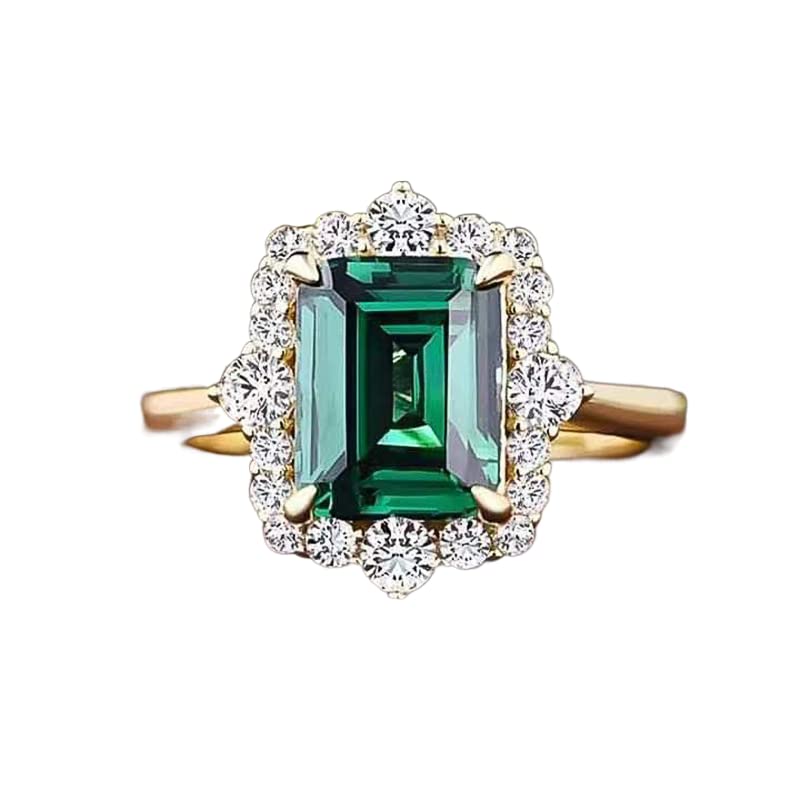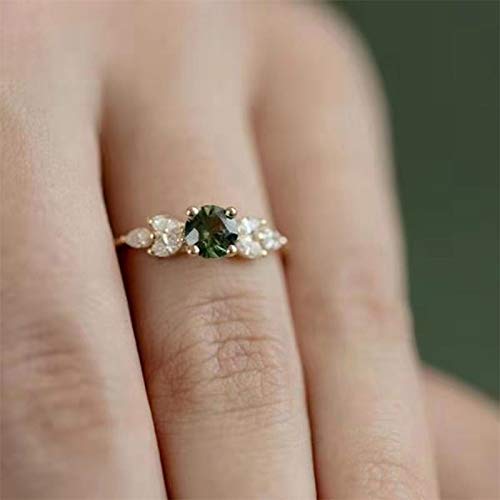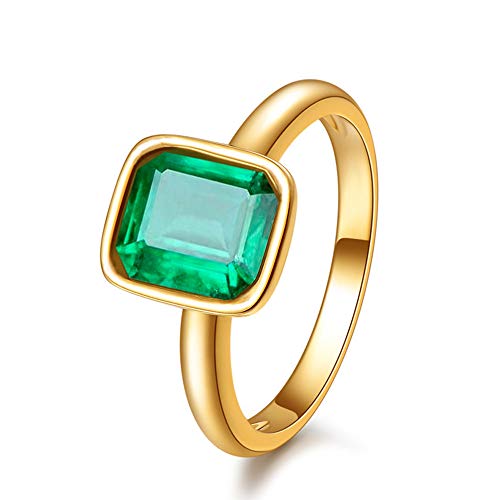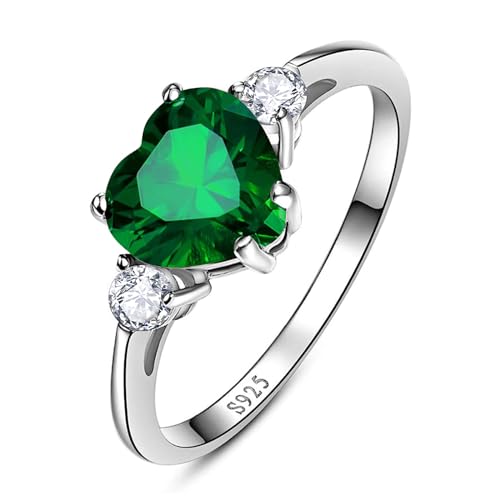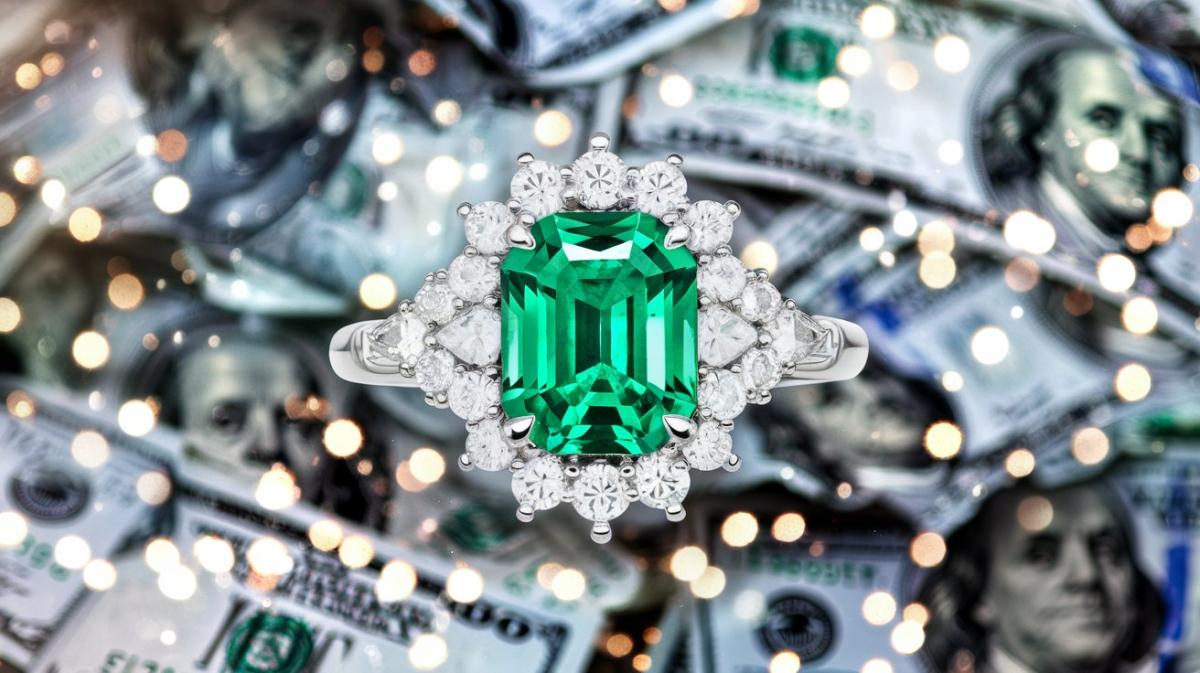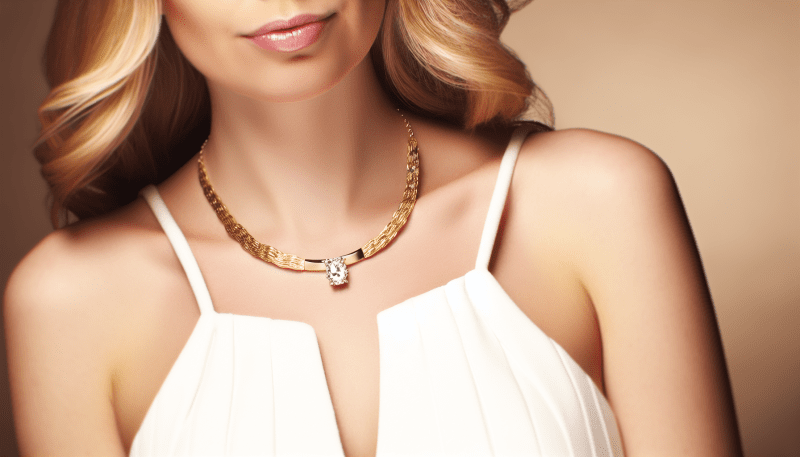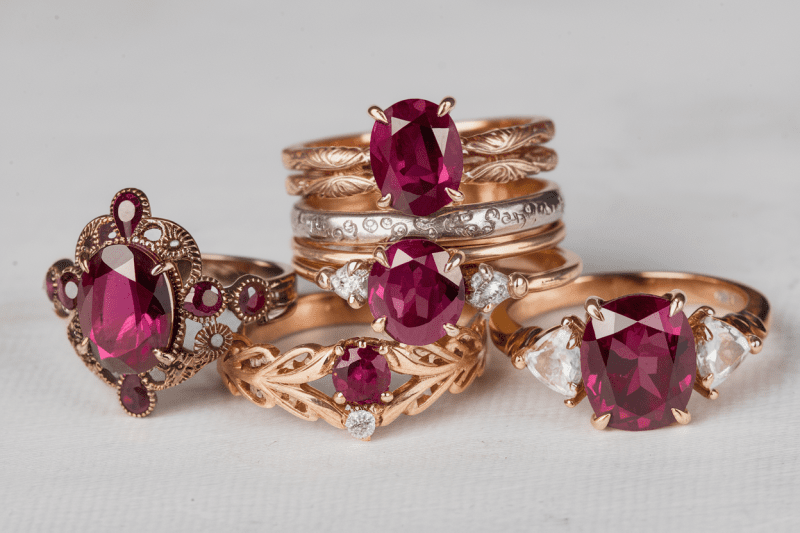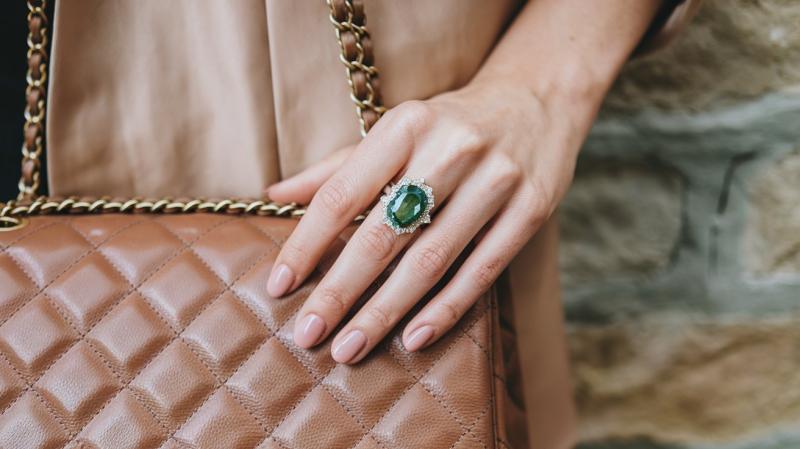https://amzn.to/3ZFLKjKIs Emerald Very Expensive?
Emeralds have long captivated the world with their lush green hue and rich historical significance. From royal jewelry collections to modern engagement rings, emeralds remain a sought-after gemstone. But for those considering purchasing one, the question often arises: Is emerald very expensive?
The answer to this question depends on several factors, including the gem's quality, size, origin, and treatment. In this blog, we’ll explore the nuances of emerald pricing, what makes them valuable, and how you can determine whether an emerald fits within your budget.
Understanding Emerald Value
Emeralds are part of the beryl family of minerals, which also includes aquamarine and morganite. However, emeralds stand out due to their striking green color, caused by the presence of chromium and vanadium. The gem’s scarcity and unique qualities contribute significantly to its value.
1. Color
Color is the most important factor in determining the value of an emerald. The most desirable emeralds exhibit a rich, vibrant green color with a slightly bluish undertone.
- Top-Quality Color: Emeralds with a deep, vivid green color, such as those from Colombia, are often the most expensive.
- Uneven or Pale Color: Gems with lighter or uneven color distribution are less valuable, though they may still appeal to some buyers.
2. Clarity
Emeralds are unique among gemstones in that they almost always have inclusions, which are internal flaws or imperfections. These inclusions, often referred to as "jardin" (French for "garden"), are considered part of the emerald’s character.
- Heavily Included Emeralds: Emeralds with many visible inclusions may be less expensive but can lack durability.
- Clean Emeralds: Gems with fewer inclusions or those not visible to the naked eye are rare and command higher prices.
3. Size
Like most gemstones, the price of emeralds increases exponentially with size. A one-carat emerald of high quality can be significantly less expensive than a five-carat emerald of similar quality.
- Small Emeralds: Affordable options can be found in smaller sizes, making them popular for accent stones or delicate jewelry.
- Large Emeralds: Gems weighing several carats, especially those with excellent color and clarity, are rare and costly.
4. Origin
The origin of an emerald can also influence its price. Some regions are renowned for producing high-quality emeralds, and gems from these locations are often more valuable.
- Colombian Emeralds: Known for their deep green hue and minimal inclusions, Colombian emeralds are often the most expensive.
- Zambian Emeralds: While generally darker and less expensive than Colombian emeralds, Zambian emeralds have gained popularity for their high quality.
- Brazilian Emeralds: These tend to be lighter in color and are more affordable.
5. Treatment
Most emeralds on the market undergo some form of treatment to enhance their appearance, usually oiling to fill surface-reaching fractures.
- Untreated Emeralds: Extremely rare and highly valuable, untreated emeralds command a premium price.
- Treated Emeralds: The majority of emeralds receive minor treatments and are priced accordingly.
Is Emerald More Expensive Than Other Gemstones?
Emeralds can be very expensive, but their price often depends on how they compare to other gemstones.
1. Emeralds vs. Diamonds
High-quality emeralds can rival or exceed the price of diamonds on a per-carat basis. While diamonds are more widely recognized as symbols of luxury, emeralds appeal to those seeking unique, colorful alternatives.
2. Emeralds vs. Sapphires and Rubies
Emeralds, sapphires, and rubies are all considered "precious" gemstones, and their prices are influenced by similar factors such as color, clarity, and origin. Top-quality emeralds can be just as expensive as high-end sapphires and rubies, if not more.
3. Emeralds vs. Semi-Precious Gemstones
Compared to semi-precious gemstones like amethyst or garnet, emeralds are significantly more expensive due to their rarity and the demand for their vivid green color.
How Much Does an Emerald Cost?
Emerald prices can vary widely depending on their quality, size, and origin. Below are some general price ranges:
- Commercial-Quality Emeralds: $50–$500 per carat. These emeralds often have visible inclusions and less vibrant color.
- Fine-Quality Emeralds: $1,000–$10,000 per carat. These gems have excellent color and minimal inclusions.
- Exceptional Emeralds: $15,000–$50,000+ per carat. These are rare, high-quality emeralds with vivid green hues and exceptional clarity.
Emerald rings, in particular, often include the cost of the setting, which can add significantly to the overall price. Settings in platinum or gold, especially with additional diamonds, can elevate the cost of an emerald ring.
Are There Affordable Emerald Options?
If the idea of owning an emerald feels out of reach, there are ways to find more budget-friendly options:
1. Lab-Created Emeralds
Lab-grown emeralds have the same chemical composition as natural emeralds but are more affordable and free of inclusions.
2. Smaller Stones
Opting for a smaller emerald can dramatically reduce costs while still allowing you to enjoy the beauty of this gemstone.
3. Emerald Alternatives
Stones like green tourmaline or peridot offer a similar aesthetic at a fraction of the cost.
4. Shop Ethically
Sourcing emeralds from reputable dealers who offer fair prices and ethical mining practices can provide more affordable options.
Why Are Emeralds Expensive?
Emeralds derive their high value from several factors:
- Rarity: High-quality emeralds are rare compared to other gemstones.
- Demand: Their association with wealth, royalty, and love has kept demand high.
- Mining Challenges: Emeralds are often found in difficult-to-reach locations, making their extraction costly.
Tips for Buying an Emerald
If you’re in the market for an emerald, consider these tips to ensure you get the best value:
- Understand the 4 Cs: Focus on color, clarity, cut, and carat weight when evaluating emeralds.
- Request Certification: Ask for a certificate from a reputable gemological lab to verify the gem’s quality and authenticity.
- Shop Around: Compare prices and options from different jewelers to find the best deal.
- Set a Budget: Determine how much you’re willing to spend and stick to it.
- Consult an Expert: Seek advice from a gemologist to understand the nuances of emerald quality.
Final Thoughts: Is Emerald Very Expensive?
So, is emerald very expensive? The answer is nuanced. While high-quality emeralds can indeed be costly, their price reflects their rarity, beauty, and historical significance. However, with options ranging from commercial-quality stones to lab-created emeralds, there are choices available for nearly every budget.
Whether you’re seeking an investment piece, a meaningful gift, or a unique addition to your jewelry collection, emeralds offer unparalleled beauty and charm. By understanding what factors influence their price, you can make an informed decision and enjoy the timeless elegance of this remarkable gemstone.
